From strikes to labor laws: How the US adopted the 5-day workweek
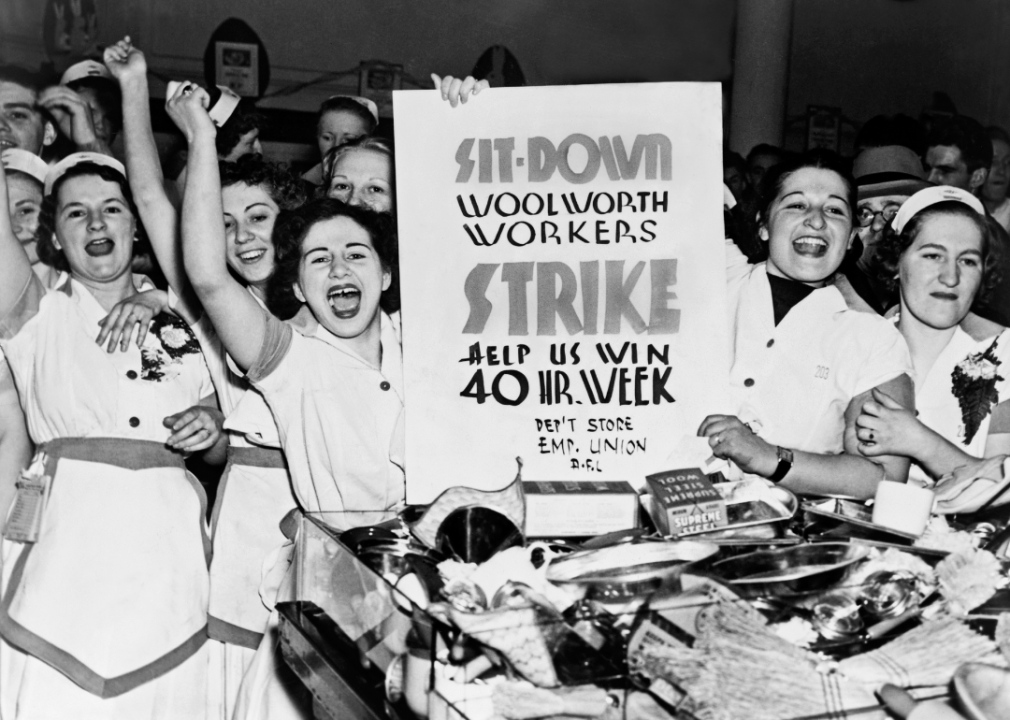
Underwood Archives // Getty Images
From strikes to labor laws: How the US adopted the 5-day workweek
Workers holding sign for a 40-hour workweek
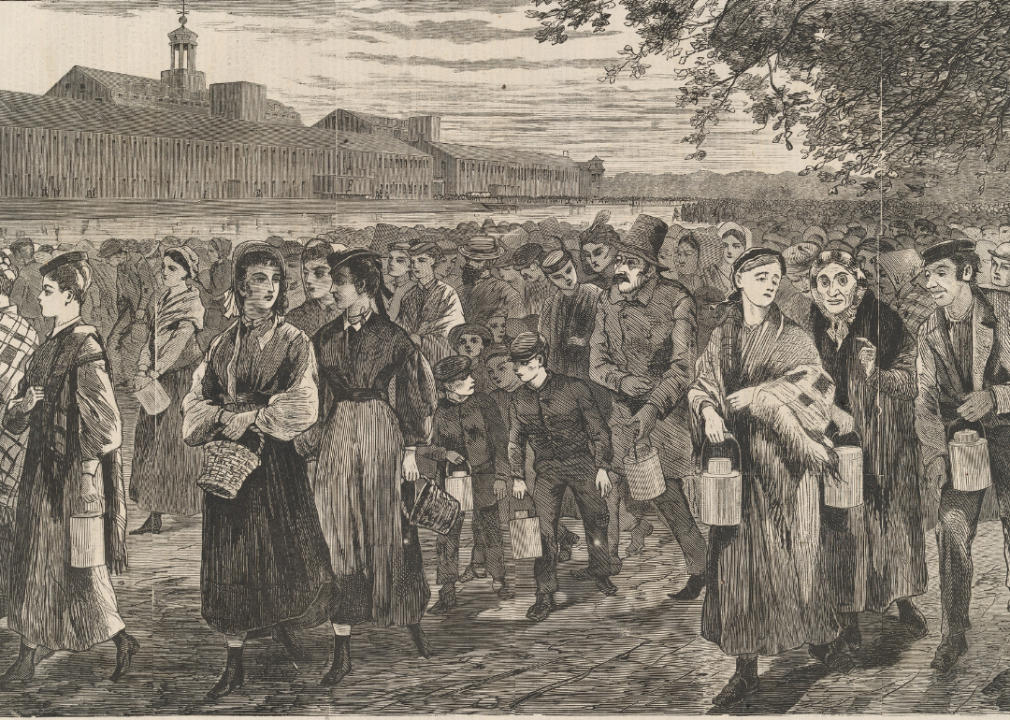
Heritage Art // Heritage Images via Getty Images
1886: Great Southwest railroad strike
Illustration of 19th century mill workers
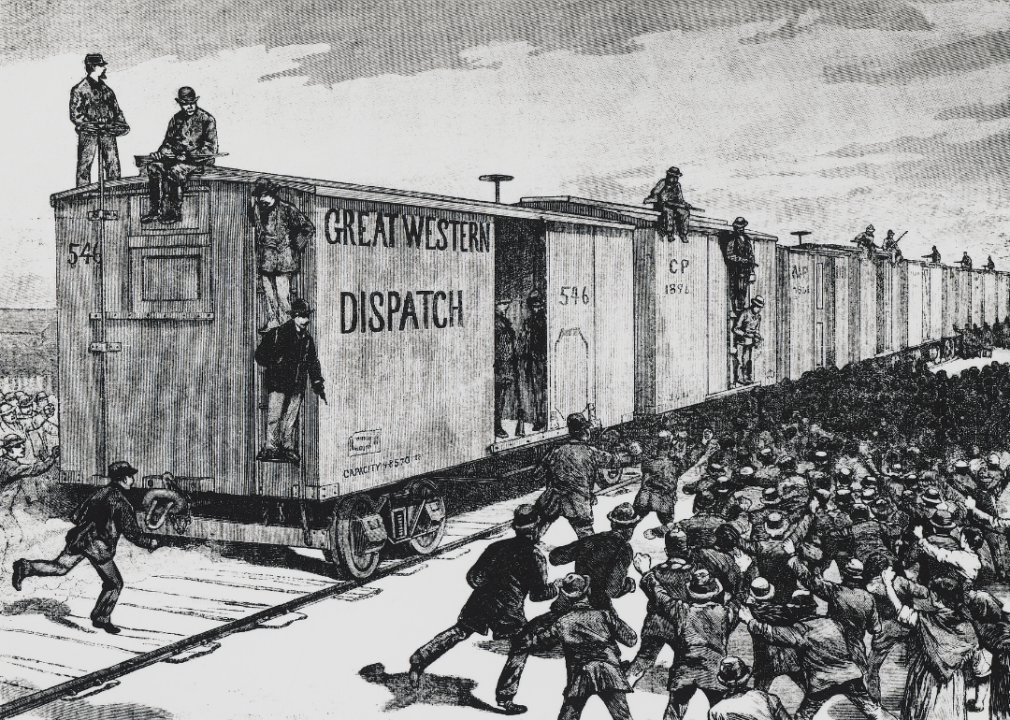
DeAgostini // Getty Images
1913: Paterson silk strike
Illustration of police protecting train during railway strike
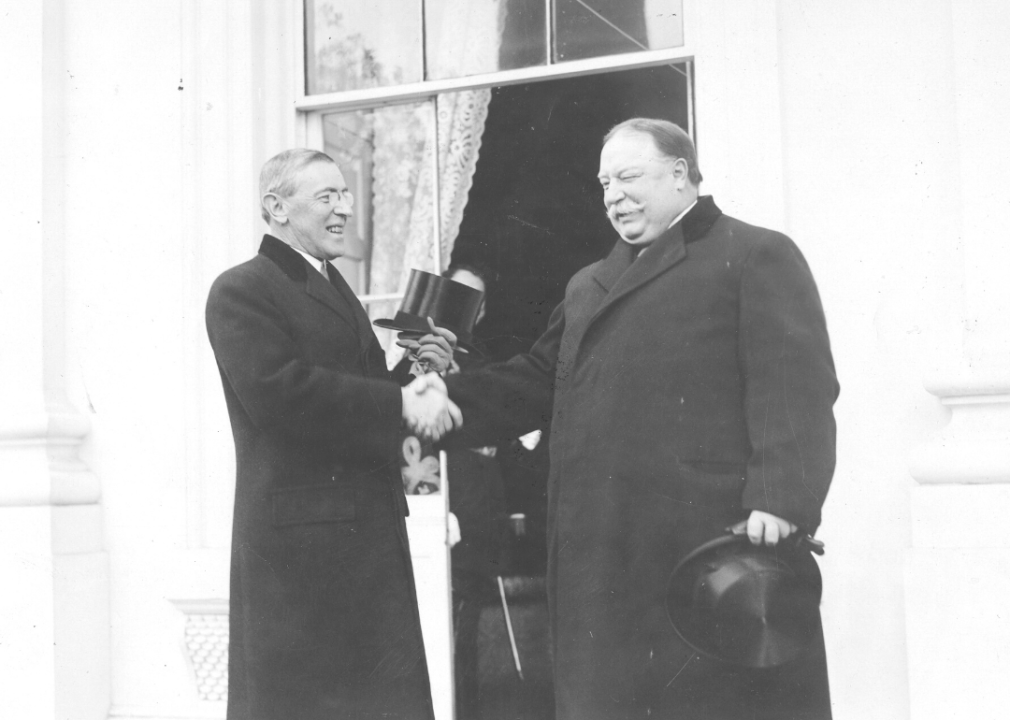
Cincinnati Museum Center // Getty Images
1913: President Taft creates Department of Labor
Incumbent Taft congratulates incoming president Wilson at inauguration.
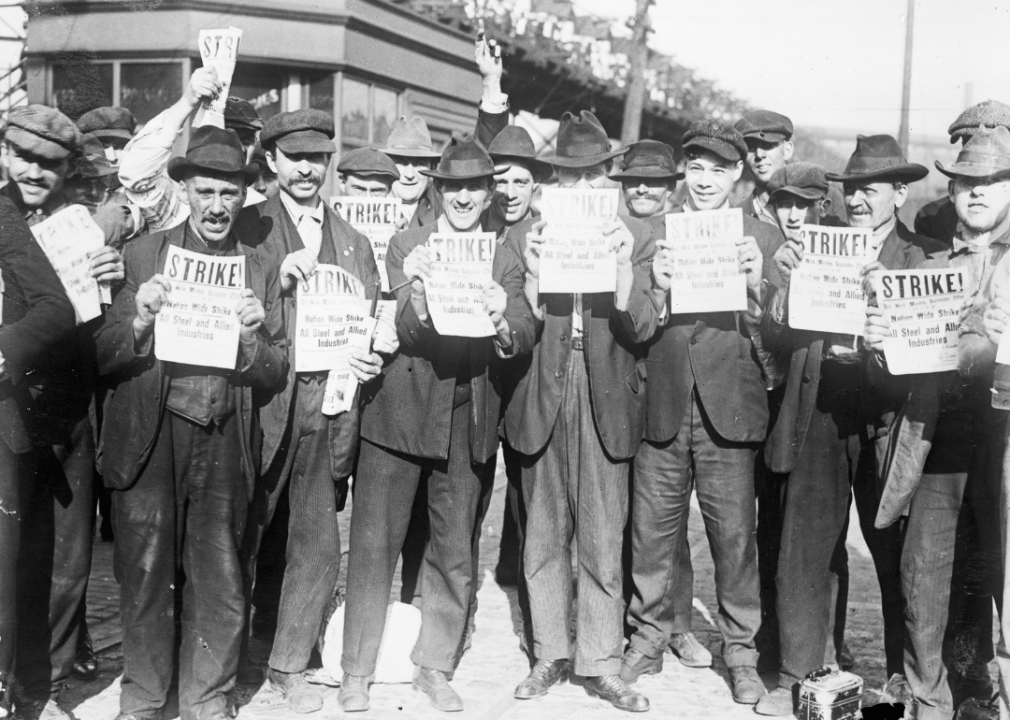
Bettmann // Getty Images
1919: A general strike stops the steel industry cold
Workers holding strike signs at steel plant
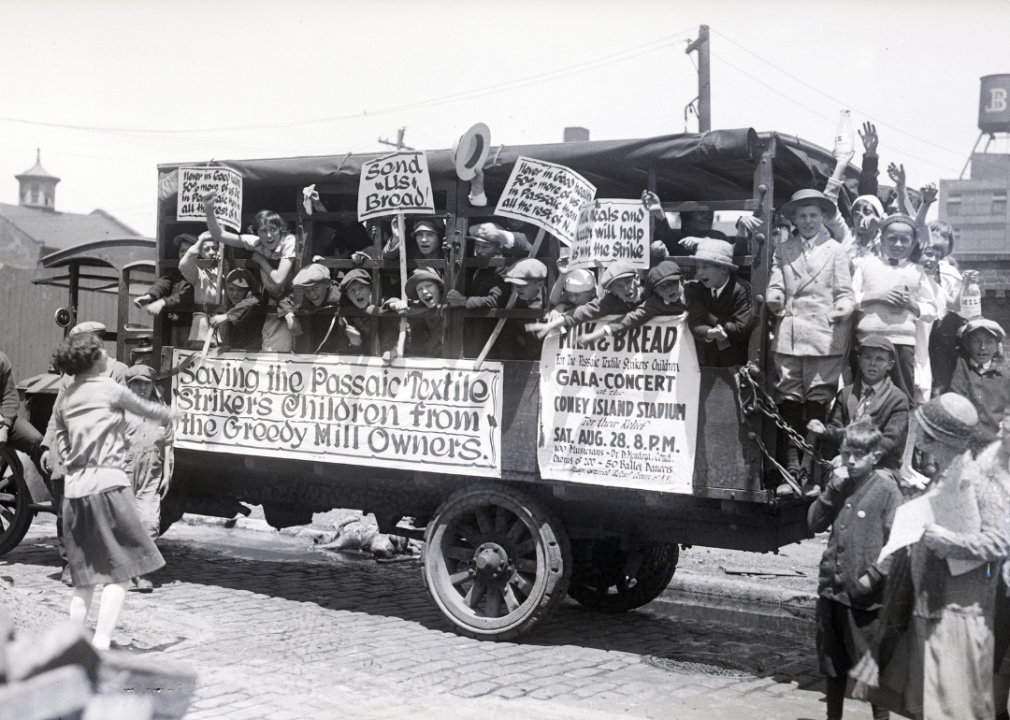
Bettmann // Getty Images
1926: Passaic textile strike
Vehicle with children of the Passaic textile strikers with signs
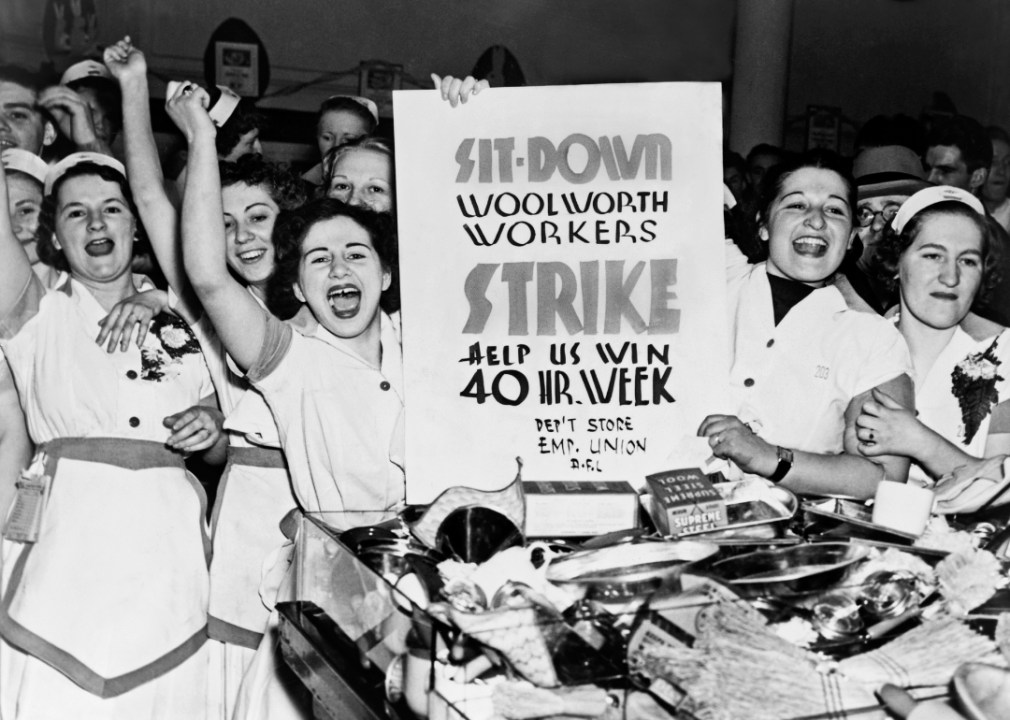
Underwood Archives // Getty Images
1938: Fair Labor Standards Act is passed
Workers holding sign for a 40-hour workweek
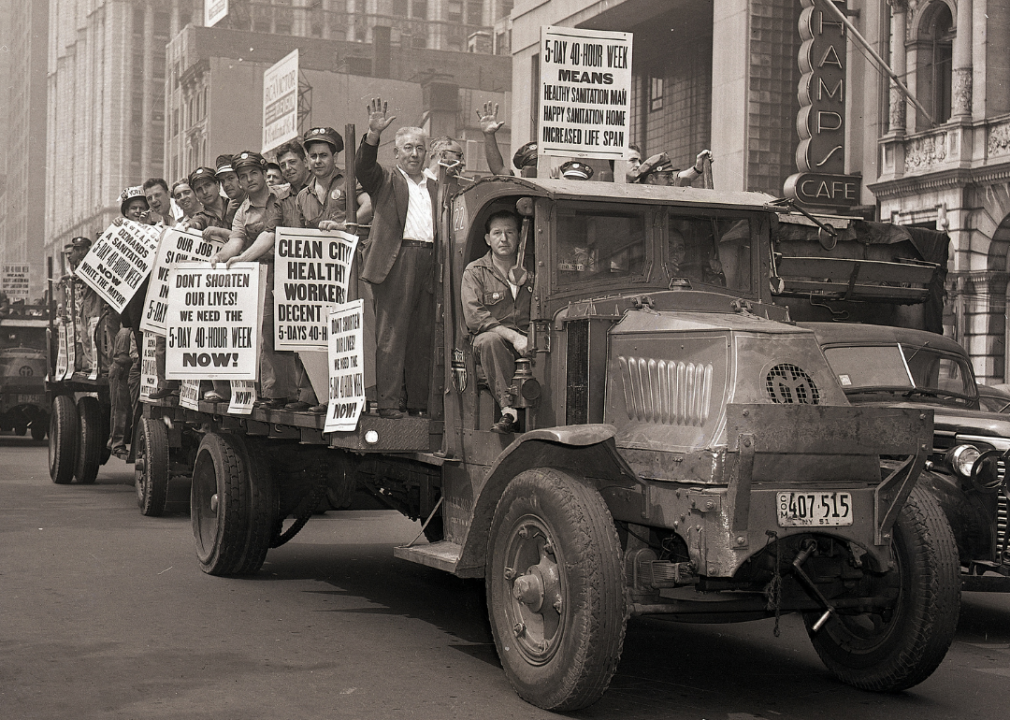
Bettmann // Getty Images
1947: Portal-to-Portal Act is passed
New York City sanitation workers protest working conditions
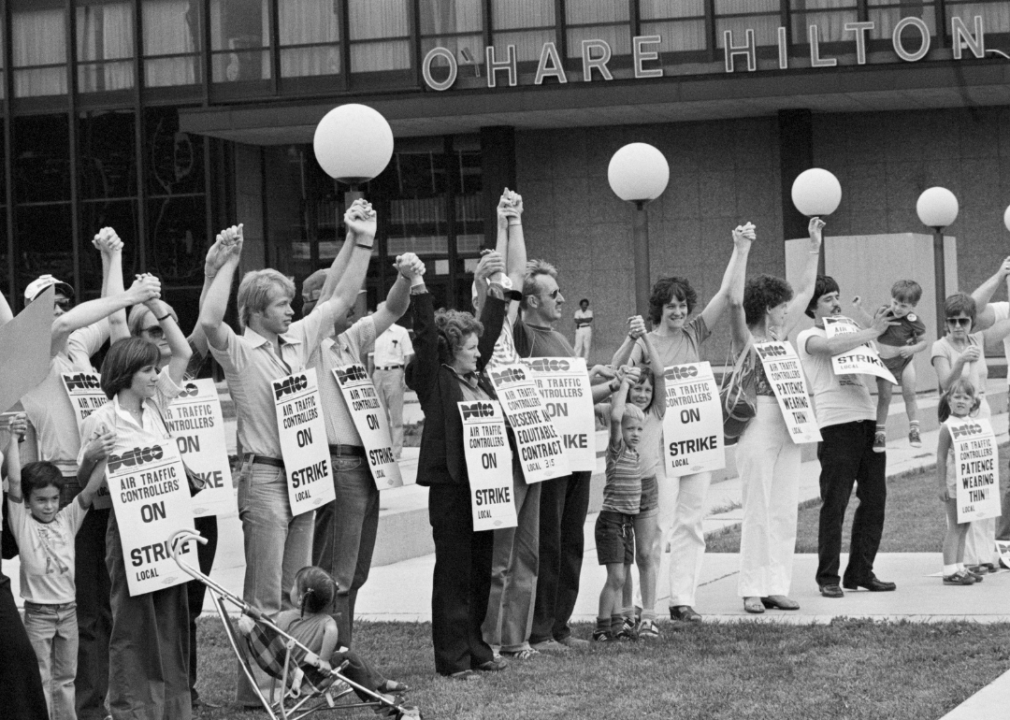
Bettmann // Getty Images
1981: 13,000 air traffic controllers walk off the job
Striking members of air traffic controllers union outside Chicago airport
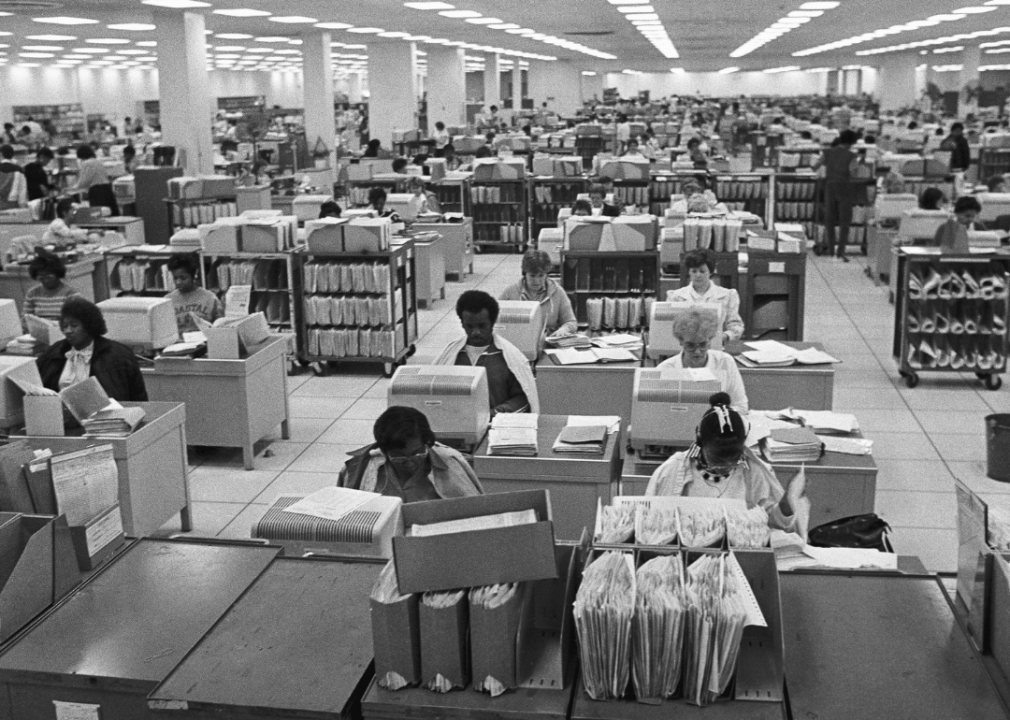
Bettmann // Getty Images
1985: Amendments to the Fair Labor Standards are passed
Federal workers process tax forms in a busy office

Andrey_Popov //Shutterstock
2022: California proposes 4-day workweek
Close up on hand and calendar beside laptop